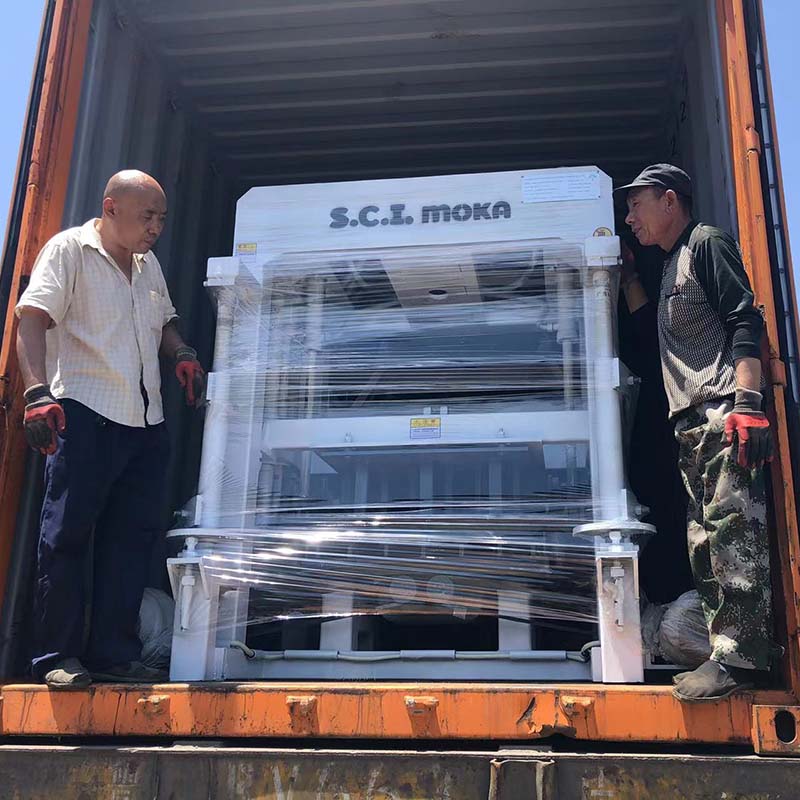
Image source:Aiwei block machine
Introduction:
China’s brick making machine sector has witnessed significant growth over the years, driven by the country’s booming construction industry and the increasing demand for high-quality bricks. As a result, international manufacturers are increasingly considering entering the Chinese market to tap into its vast opportunities. However, entering the Chinese market requires a well-defined market entry strategy that takes into account the unique characteristics of the sector and the Chinese business landscape. In this article, we will explore market entry strategies for international manufacturers in China’s brick making machine sector, highlighting key considerations and best practices.
Market Research and Analysis:
Before entering the Chinese market, international manufacturers need to conduct comprehensive market research and analysis. This includes assessing market size, growth potential, competition, customer preferences, and regulatory requirements. Understanding the market dynamics and identifying niche segments can help manufacturers develop targeted strategies that align with market needs.
Partnership and Collaboration:
Forming partnerships and collaborations with local Chinese companies can provide international manufacturers with valuable market insights, access to distribution networks, and established customer relationships. Collaborating with Chinese manufacturers or distributors can help navigate the complex business environment, accelerate market entry, and mitigate risks associated with cultural and regulatory differences.
Localization and Adaptation:
Adapting products and strategies to meet the specific needs and preferences of the Chinese market is crucial for success. International manufacturers should consider localizing their products by incorporating features that cater to Chinese customers, such as language options, specific brick sizes, or design modifications. Additionally, understanding local regulations, certifications, and standards is essential to ensure compliance and gain customer trust.
Competitive Pricing:
China’s brick making machine sector is highly competitive, and price sensitivity is a key factor for Chinese customers. International manufacturers should carefully analyze the pricing strategies of their competitors and aim for competitive pricing that offers value for money. They should consider factors such as production costs, import duties, and transportation expenses to determine an optimal pricing strategy that balances profitability and affordability.
Distribution and Sales Channels:
Choosing the right distribution and sales channels is critical for market penetration. International manufacturers can leverage a combination of online and offline channels to reach customers effectively. Online platforms, such as e-commerce websites and digital marketplaces, provide broad market coverage, while offline channels, such as partnerships with local distributors or setting up brick-and-mortar stores, offer direct access to customers in specific regions.
Marketing and Branding:
Building brand awareness and establishing a strong marketing presence in the Chinese market is vital for international manufacturers. They should develop targeted marketing campaigns that highlight their unique selling propositions, product quality, and after-sales services. Utilizing digital marketing channels, social media platforms, and localized advertising can help create a strong brand presence and engage with potential customers effectively.
After-Sales Support:
Providing excellent after-sales support is crucial for customer satisfaction and building long-term relationships in the Chinese market. International manufacturers should invest in local service centers, trained technicians, and spare parts availability to address customer concerns promptly. Offering warranties, maintenance packages, and technical training programs can further enhance customer trust and loyalty.
Regulatory Compliance:
Navigating the regulatory landscape is a critical aspect of market entry in China. International manufacturers need to ensure compliance with Chinese regulations, certifications, and standards related to product safety, environmental protection, and intellectual property rights. Engaging with local legal and regulatory experts can help streamline the compliance process and avoid any legal or operational risks.
Continuous Monitoring and Adaptation:
Entering the Chinese market is a dynamic process that requires continuous monitoring and adaptation. International manufacturers should closely track market trends, customer feedback, and competitive landscape to identify opportunities and make necessary adjustments to their strategies. Staying agile and responsive to market changes is key to long-term success.
Conclusion:
Entering the Chinese brick making machine sector offers tremendous opportunities for international manufacturers. However, it requires a well-planned and localized market entry strategy that considers the unique characteristics of the sector and the Chinese business environment. Conducting thorough market research, forming partnerships, adapting to local preferences, competitive pricing, choosing the right distribution channels, effective marketing and branding, providing excellent after-sales support, regulatory compliance, and continuous monitoring are key factors for success. By employing these strategies and leveraging the vast potential of the Chinese market, international manufacturers can establish a strong foothold in China’s brick making machine sector and capitalize on its growth and opportunities.
